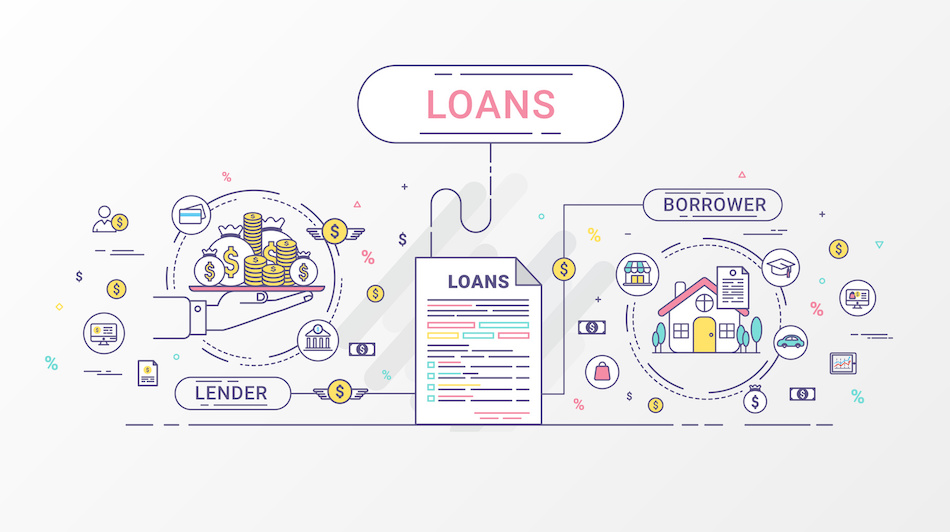When Is LMI Necessary?
Posted by EdmontonRealEstate .ca on Friday, July 5th, 2019 at 11:28am.
 Lenders Mortgage Insurance (LMI) is a way for lenders to mitigate their risk if a homebuyer should default on their mortgage, but not every homeowner is required to have it in Canada. Learn more about when you need to worry about LMI and how it affects your monthly payments on your Bonnie Doon home.
Lenders Mortgage Insurance (LMI) is a way for lenders to mitigate their risk if a homebuyer should default on their mortgage, but not every homeowner is required to have it in Canada. Learn more about when you need to worry about LMI and how it affects your monthly payments on your Bonnie Doon home.
Down Payments
The standard down payment on a home was always meant to be at least 20 percent of the final offer. So if you buy a $100,000 home, you should have at least $20,000 in cash to give to the seller. The more the homeowner puts down, the more equity they'll have in the home and the lower their monthly payment will be. Banks can be reasonably certain that the mortgage will be paid every month because the homeowner has a major stake in the property. However, Canadian buyers can get away with putting down as little as 5 percent without putting their financial status at risk, so long as they're willing to pay the LMI.
Lenders Mortgage Insurance
LMI (sometimes known as mortgage default insurance) has fairly clear-cut rules. If the homeowner can't come up with a 20 percent down payment in cash, they'll need to purchase LMI. The good news is that LMI keeps interest rates down. Homeowners can expect to pay close to the same rates that they would had they been able to produce 20 percent of the price. The lender is actually paying the insurance on the loan they're securing, they're merely passing the monthly cost to the homeowner. This way if the homeowner defaults on their payments, the bank should have a way to cover everything from resale costs to depreciation on the property. As the cost of real estate rises, LMI is becoming increasingly more common.
Calculations
The bad news about LMI is that it can be an expensive addition to a mortgage payment. Homeowners can choose to pay their premium in one sum or add it to their existing monthly contribution. What a homeowner pays is calculated as a percentage of the financed portion of the home. So if a home is worth $300,000 and the homeowner can put down $30,000, then they would be paying LMI based on $270,000. LMI is usually between 2.8 and 4 percent of the remaining costs, meaning the premium could be an additional $10,800 for the homeowner to factor into their budget. While expensive, it gives many Canadians the chance to buy a home when they wouldn't be able to otherwise. It keeps mortgage rates down for everyone as the risk of default isn't spread out to the buyers, only the insurers. Once homeowners meet the 20 percent equity in the home, it is not required to keep paying LMI.
What Are "No MI Required" Loans and How Do They Work?
By law, the only way to avoid paying lenders mortgage insurance is to pay a down payment of more than 20 percent of the purchase price of the home. If you cannot cover that amount, the lender must put LMI insurance on the property until it is paid off. For that reasons, Canada does not have any no MI required loan products available to those who put less than 20 percent down on their home purchase. Homes that exceed $1,000,000 in value are the only exception to that rule.
Thankfully, this insurance coverage does decrease as you put money toward the principle on the loan. The total cost of the PMI plan tends to equal up to four percent of the loan value. As you pay off the loan, your lenders mortgage insurance costs will decrease as well. You can elect to pay the yearly insurance premium as a lump sum or break it up across your mortgage payments.
You can work with your lender to find the best mortgage loan and LMI payment plan for your finances. They will assist in dialing in the details to ensure your monthly mortgage payment amount and other terms meet your expectations.
Extenuating Circumstances
LMI does have a few limits an owner should be aware of, and it isn't available for every home purchase. Homeowners cannot have an insured mortgage that lasts for over 25 years. (This is an unlikely scenario, but still possible.) If homeowners purchase a home that's worth between $500,000 and $999,999, they will need to pay 5 percent on the first $500,000 and a 10 percent down payment on the leftover amount. So if you purchased a $600,000 home, you would need to pay at least $40,000 ($30,000 to cover the 5 percent and $10,000 to cover 10 percent of the remaining amount.) Canadians who purchase a home that's worth a million or more will be unable to use LMI. They will need to come up with the full 20 percent (or $200,000.)

